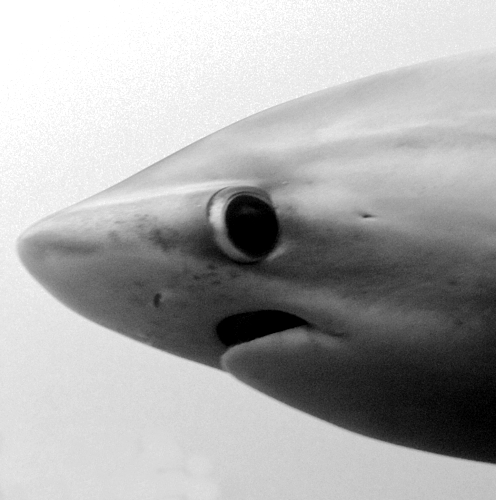Shark data questioned
 The accuracy of NSW’s shark net data has been used in a call to end the practice.
The accuracy of NSW’s shark net data has been used in a call to end the practice.
The Envoy Foundation, an environmental group, has conducted an independent analysis of the state’s shark meshing program (PDF) across dozens of beaches.
Envoy Foundation founder Andrew Borrell sys there is a need for policy changes based on their investigation's findings.
“We hope that this investigation can form the basis for policy changes leading to the overdue discontinuation of the current program, or if required, legal challenges of the current program,” he said.
The report by the Envoy Foundation highlighted discrepancies in the data, including the omission of a photo showing a fair penguin caught in shark nets in 2019.
Mr Borrell pointed out that the photo features a protected species in NSW, but this animal did not appear in the official catch data. He questioned the frequency of such omissions.
According to the report, within the 22-year period examined, 3,009 sharks were caught, with 86.2 per cent found dead.
The report raised concerns about the assumptions made by the Department of Primary Industries regarding the survival of animals released alive.
The report also shows the safety risk posed by lost equipment, with instances of large animals, potentially white sharks, breaking free by damaging the nets.
The Envoy Foundation called for an immediate end to the Shark Meshing Program.
Alternatively, they proposed a phased withdrawal within 12 months and suggested setting nets in the morning and retrieving them in the evening during the next season.
The foundation also recommended removing nets at unpatrolled beaches like Garrie Beach in the Royal National Park.
The most recent report from the Department of Primary Industries documented 376 marine animals caught during the 2021/22 meshing season, including 51 target sharks and 325 non-target animals. Of the non-target animals, 38 per cent were released alive.
The NSW DPI says that the program reduces the chances of shark interactions at popular ocean beaches while minimising the impact on marine animals.
The department has noted a steady increase in the percentage of animals released alive from the nets in recent years, from 27 per cent to 42 per cent.
Various technologies such as dolphin pingers and whale alarms are used to reduce the nets' impact, and nets are removed during the majority of the whale migration season.








 Print
Print